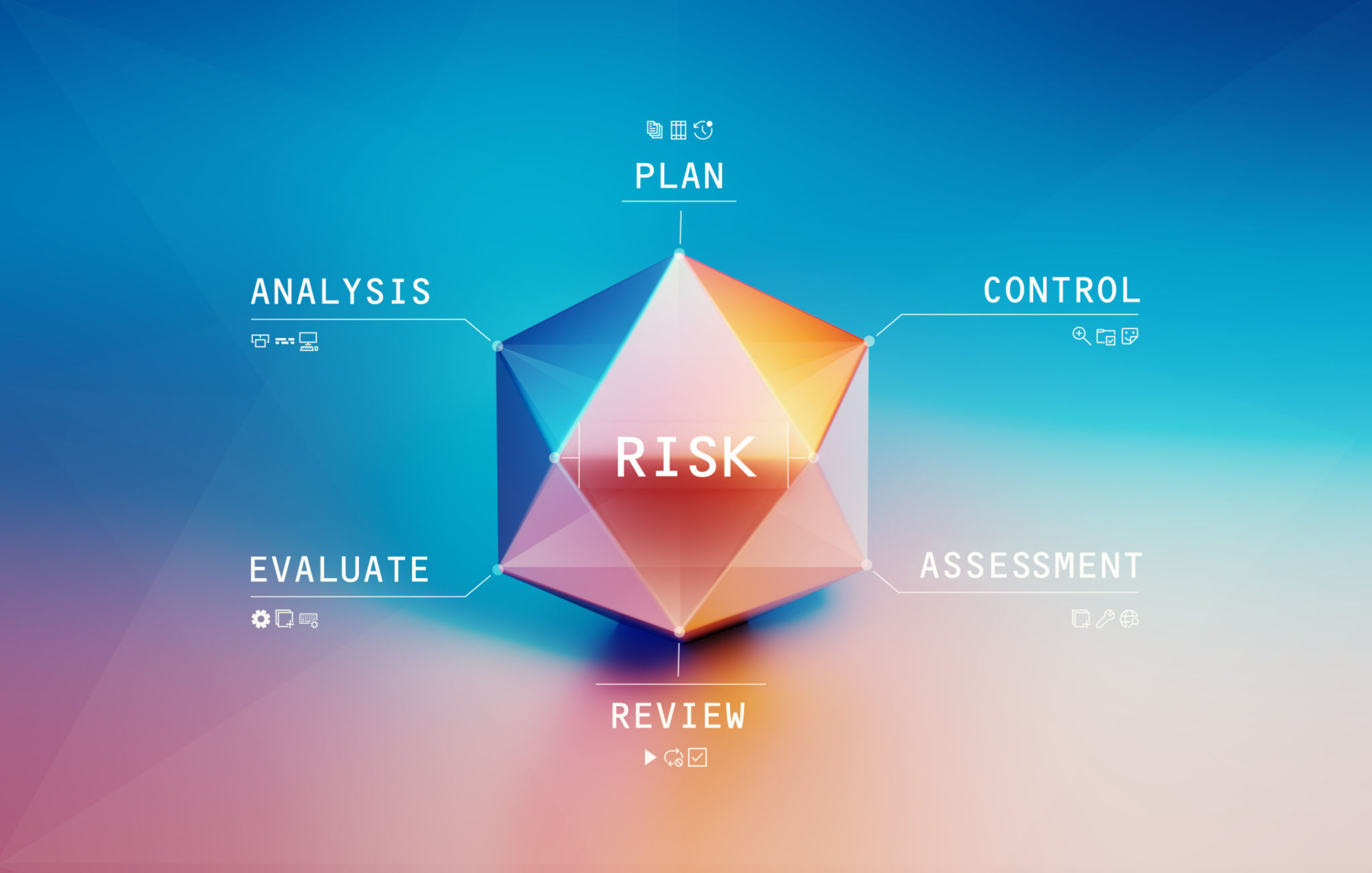Creative Ideas for Designing Your Own Custom Board Game
Unleash Your Imagination
Designing your own custom board game is an exciting adventure that allows you to unleash your creativity and bring your unique vision to life. Whether you're inspired by classic games or wish to create something entirely new, the possibilities are endless. The process not only involves crafting game mechanics but also designing engaging themes and visuals that capture players' imaginations.

Choosing Your Theme
The theme of your board game sets the stage for the entire experience. Whether it's a mystical fantasy land, a historical epoch, or a futuristic space odyssey, the theme will guide the game's narrative and aesthetic elements. Consider what excites you and what stories you want to tell. A well-chosen theme can draw players in and make the game more immersive.
Developing Game Mechanics
Game mechanics are the backbone of any board game. Start by outlining how players will interact with the game. Will it be competitive or cooperative? What are the main objectives? Consider integrating unique mechanics that set your game apart. Test different approaches to find the perfect balance of strategy, luck, and skill that keeps players engaged.
Creating Engaging Components
The components of your board game, such as cards, tokens, dice, and boards, should be both functional and visually appealing. Invest time in designing components that are easy to handle and understand. Use colors, symbols, and textures that complement your theme and enhance the overall experience for players.

Designing Eye-Catching Artwork
Artwork is a crucial element in making your board game visually captivating. Collaborate with artists or use digital tools to create illustrations that align with your theme. High-quality artwork can transform a simple game into a work of art, adding depth and personality. Remember, first impressions count, so make sure your artwork speaks volumes.
Prototyping and Testing
Once you have your game components and mechanics in place, it's time to create a prototype. Use inexpensive materials like paper and cardboard to craft a playable version of your game. Gather a group of trusted friends or fellow enthusiasts to test it out. Pay close attention to their feedback and be ready to make adjustments. Iteration is key to refining both gameplay and design.
Refining Your Game
After testing, take time to refine your game based on the feedback received. This may involve tweaking rules, adjusting components, or even reimagining certain aspects of the game. Be open to change and willing to experiment until you achieve the desired balance and fun factor.

Production and Final Touches
When you're satisfied with your game's design and mechanics, consider how you'll produce it. Research manufacturers or explore DIY production options if you plan to create a limited number of copies. Pay attention to details like packaging and rulebook design, ensuring they reflect the quality and creativity of your game.
Designing your own custom board game is a rewarding journey that combines creativity, strategy, and storytelling. With patience and dedication, you can create a memorable experience that not only entertains but also inspires others to embark on their own imaginative adventures.
